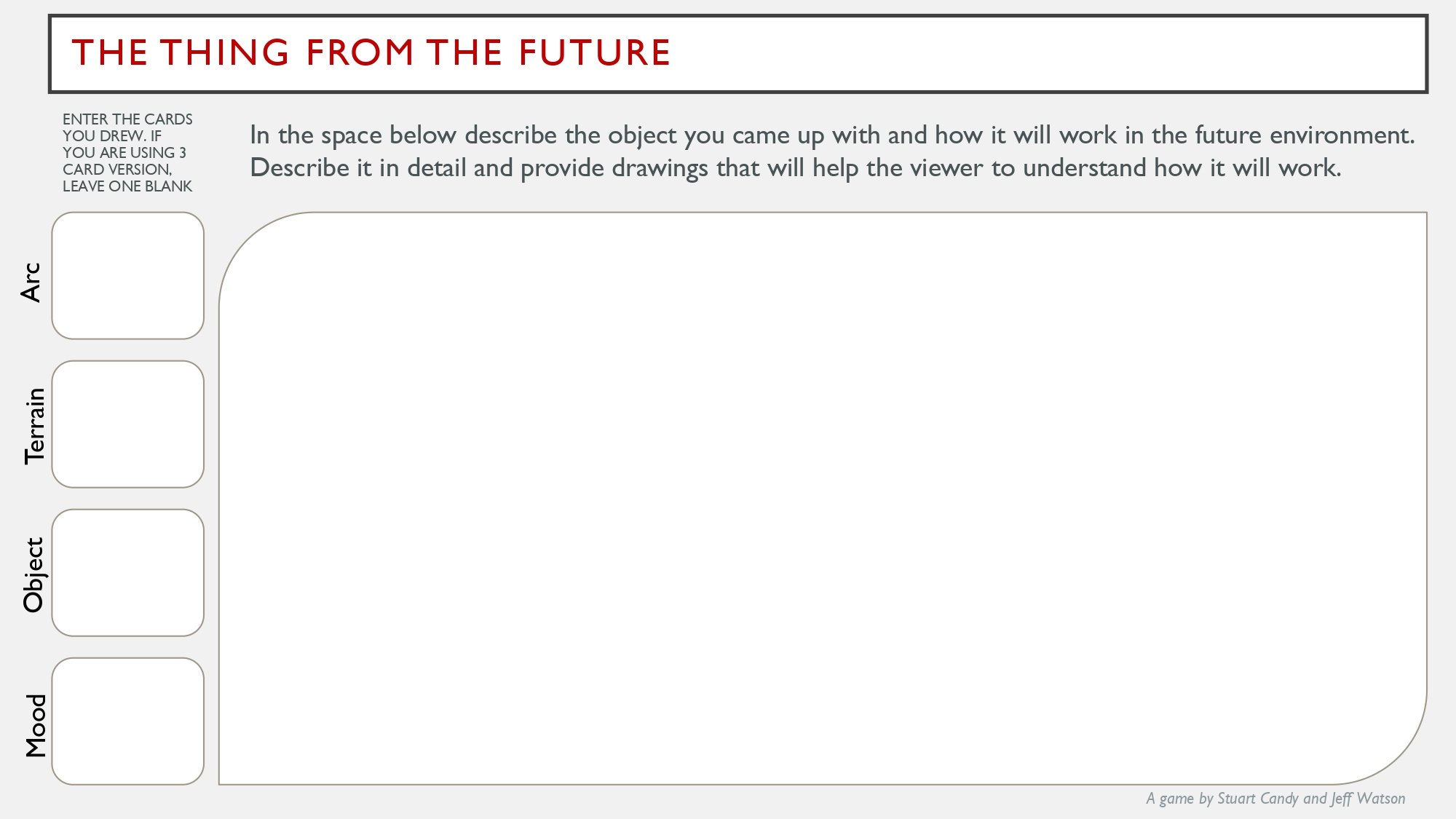Imagining Tomorrow: Visual Storytelling for Design Fiction
In a world where everything is constantly evolving to meet societal needs, the question isn’t just what can be designed now, but what and how will be created next? Design fiction allows us to explore that question through imagination, speculation, and storytelling. It invites designers to create objects, systems, and visuals that don’t yet exist, but could.
From Scenarios to Visual Storytelling
Ellen Lupton’s discussion of design fiction connects concepts like scenario planning and the cone of plausibility. These tools give structure to imagination, allowing designers to explore multiple futures. According to futurist designer Julian Bleecker, design fiction “uses props and prototypes to suspend disbelief about change.” It’s not about predicting the future but about visualizing it to start a conversation.
In visual design, this imaginative approach challenges us to think beyond aesthetics and usability. We must also think about how these designs behave, feel, and are used in that imagined world. A visual artifact can become a piece of storytelling, turning abstract ideas into tangible, communicable forms.
The Thing from the Future
I explore this process by playing The Thing from the Future, turning simple prompts into visual ideas that behave differently in future conditions. The game deals three cards: an arc (the type of future), an object, and a terrain (the connection between everything). Each card combination led to a distinct scenario that made me think about what visual design would look like in a far, far, away world.
The first prompt led me to imagine clothing as a reflection of sustainability and social class. In this “growth” future, progress equals environmental responsibility, and high social status is shown through biodegradable or natural-made garments. Visually, I drew textured, natural materials contrasted with plain, plastic “low-status” clothing.
Another prompt turned postcards from a transformed future where animals had taken over and humans lived in abandoned zoos. The postcards became the only form of human communication, shared among zoo settlements.
The last prompt described an educational toy from a “discipline” future. I designed a cube that tracked students’ moods and performance, lighting up green for good behavior and red for disobedience. Its friendly and simple design is meant to hide its dystopian function, reflecting how sleek interfaces can mask systems of control. The difference between its cheerful face and authoritarian message shows how visual design can manipulate emotions and behavior, especially in an authoritarian future.
Seeing Futures Through Design
These exercises revealed how design fiction transforms visual design into a storytelling tool. The sketches themselves were not just drawings but “diegetic prototypes” that fit the constraints of a narrative, each based on a possible future. By developing these “future things,” I learned how visual design can express systems of value, governance, or culture. In a classroom or professional context, such speculative exercises can help designers anticipate the ethical and aesthetic challenges of future technologies.
Designing The What-Ifs
Design fiction is ultimately an act of imagination and empathy, a leap into unknown futures that reflect our current hopes and fears. It reminds visual designers that every choice we make shapes how people imagine the world, from the materials we choose to the symbols we create. Whether it’s a sustainable garment, a zoo postcard, or an educational toy, these speculative visuals help us ask: What kind of future do we want to design for?





